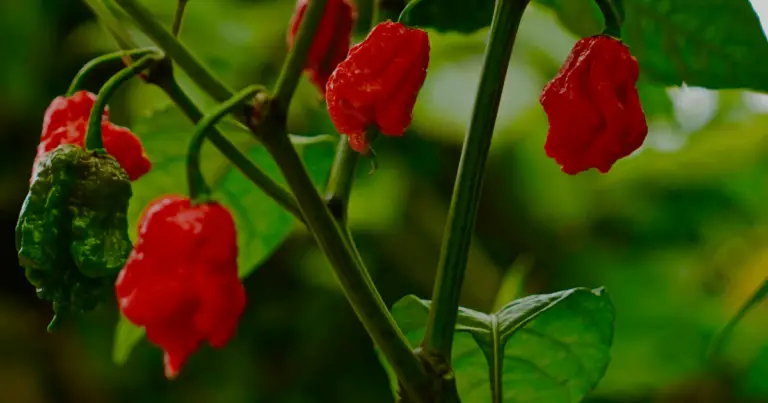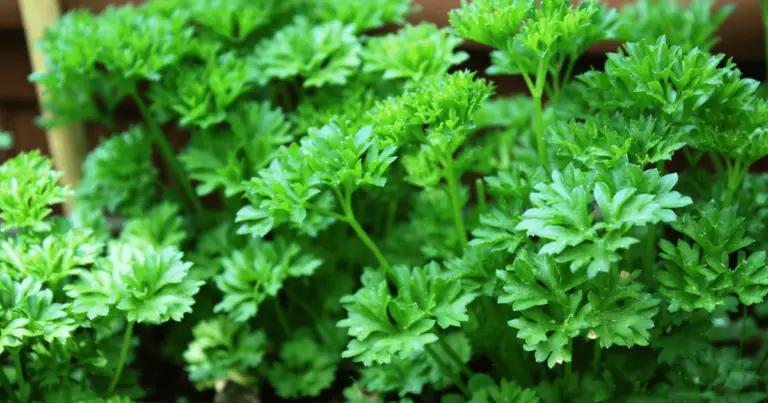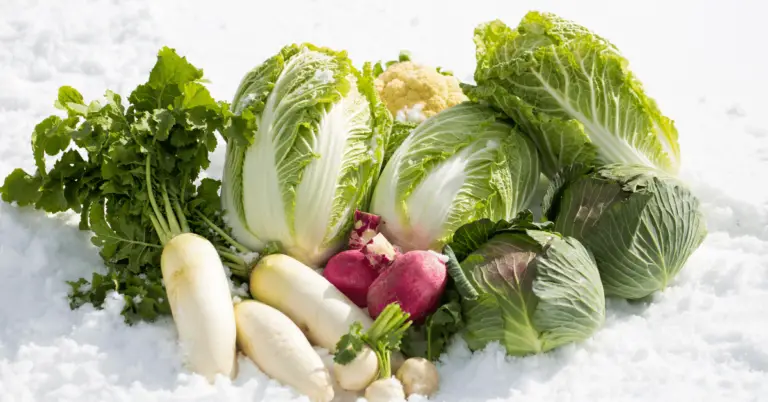
How to grow Asian Greens
Every year, I always ensure that Asian Greens feature in my vegetable garden. I was so tired of buying them retail, supposedly fresh, to find them limp in the fridge crisper only a day or so later. They’re very good for you and just great for your favorite stir fry!
This collective term refers to a whole group of leafy greens that are the staple greens in Asian cooking. They are all prone to bolting to flower and seed if not grown properly and aren’t big fans of having their roots disturbed.
They can be readily grown from commercially available seedlings, but if you have the time and patience, better results are often obtained growing from seed.
Best grown quickly, they can be harvested in a matter of weeks and respond well to a feed of liquid fertilizer tea about every two weeks. They also have a number of names so I’ll try to list those they are commonly known by.
Pak Choy – Light green stems and darker green leaves. Bok choy like most Asian greens is a hungry feeder and fast grower. Care in planting from seedlings is essential and should be done in early spring or autumn/winter.
Bok Choy – Bok Choy has white stems and darker leaves. Follow the same instructions as Bok Choy.
Chinese Cabbage (wombok) – Lightly flavoured and coloured variety of cabbage that grows in a more upright form, elongated instead of round. It is a rapid grower.
Choy Sum – Basically a type of Chinese Broccoli and should be treated the same as all others. Very similar to Gai Lan
Growing Conditions
Position: Sun or partial shade preferred. Plants do not like hot conditions and will bolt to seed if exposed to them.
Sow and/or Plant: Sow in mid-late summer (cool climates)and transplant to final positions in early to mid autumn. NB: All asian greens dislike root disturbance, although some success can be achieved from transplanted seedlings (I recommend using a seaweed concentrate to minimise shock) these are best grown from seed in their growing bed.
Frost Tolerant: Yes.
Feeding: Not required initially if the bed is well manured beforehand. Plants are best grown quickly and will improve with a feed of liquid fertilizer around 4 weeks after planting.
Planting group: Brassicas and can be grown with other leaf crops.
Soil: Rich, well composted soil. Plants must be kept moist but not overly wet
Pests: Birds, Cabbage moth, slugs and snails are the main culprits if crop rotation is practised.
Harvesting: Harvest from early spring to early summer and late autumn to early winter if a late summer crop is grown.
Lorem ipsum dolor sit amet, consectetur adipiscing elit. Ut elit tellus, luctus nec ullamcorper mattis, pulvinar dapibus leo.
Lorem ipsum dolor sit amet, consectetur adipiscing elit. Ut elit tellus, luctus nec ullamcorper mattis, pulvinar dapibus leo.


